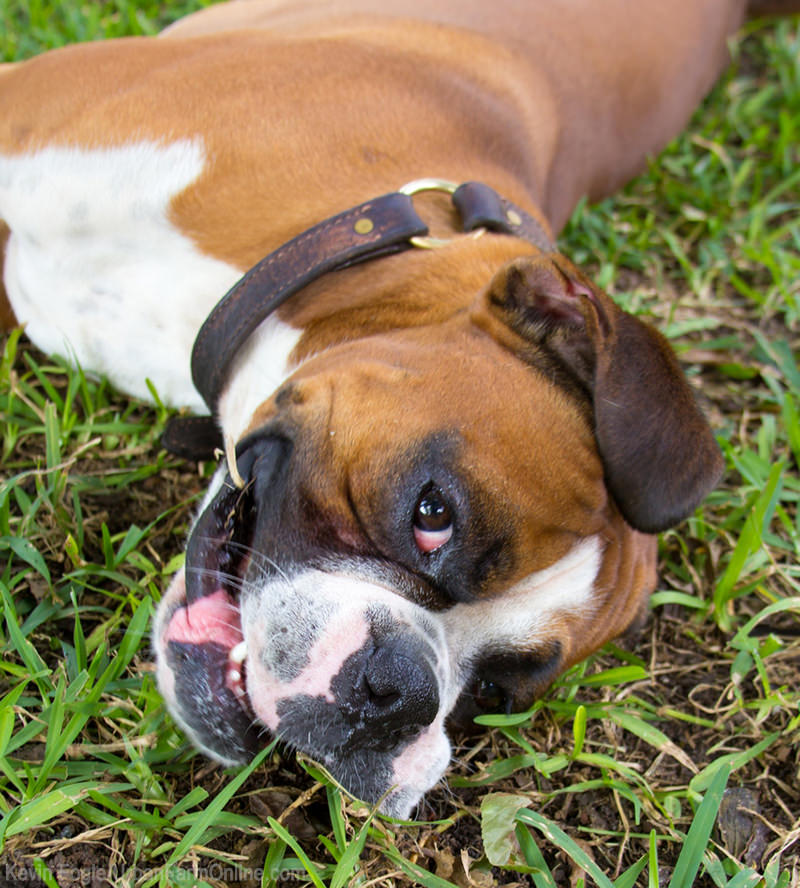

While dogs enhance our lives in many ways, gardening with them can be an ongoing challenge. Running through the beds, pulling up new plants and digging holes the size of small craters are just a few ways your or your neighbor’s dog can cause unending havoc. The No. 1 tool you need to make sure man’s best friend doesn’t become your garden’s worst enemy is fencing. Fencing—including tradition perimeter fencing, invisible fencing and mesh fencing—is essential for controlling dogs’ access to the garden.
1. Perimeter Fencing
Traditional perimeter fencing comes in many different styles to complement your landscape. Picket, wrought-iron or privacy fence is the best way to ensure your garden is safe from roaming neighborhood dogs, but it won’t protect plots from your own pets. If you have dogs and a traditional perimeter fence, think about leaving an 18 to 24 inch space inside the yard between your garden plots and the fence. This small gap allows your dog to run the perimeter of the yard and patrol for squirrels (and other intruders) without trampling your plants.
2. Invisible Fencing
Invisible fencing is an inexpensive alternative to traditional fencing. Easily configured around landscaped beds, invisible fencing keeps your dog out of the beds without marring the look of your landscape. For gardeners, the best type of invisible fencing consists of a transmitter, a boundary wire and a radio dog collar. The transmitter sends a signal through the wire concealed around your boundary. When your dog approaches the wire, the collar sounds a warning and approaching further will cause a slight shock.
This type of fencing does require training, with most dogs learning their yard in several days. Sensitive or stubborn dogs will be more difficult to train to invisible fence systems. A big disadvantage is that invisible fencing fails to keep neighborhood dogs out of your yard, endangering both your dog and your gardens. Additionally, wireless invisible fencing that uses a set radius will not work well, as you are unable to easily demarcate any garden plots within the yard range.
3. Polypropylene Mesh Grid Fencing
Originally used to keep deer out of landscaped areas, a weather-resistant polypropylene mesh grid fence is now being used to keep dogs and a variety unwanted animals out of garden plots. Installation is easy because the fence can be attached to existing trees or step-in poles, and the cost is far lower than traditional fencing. The fence can also be installed so it is easily removed around garden plots when not needed in the fall or winter months.
For dog owners, a combination of different fencing types is probably the most effective way to protect your landscape. With traditional fencing on the perimeter, you can use invisible or mesh fencing to keep your dog out of the actual garden beds.
Read more of Garden In Front »




